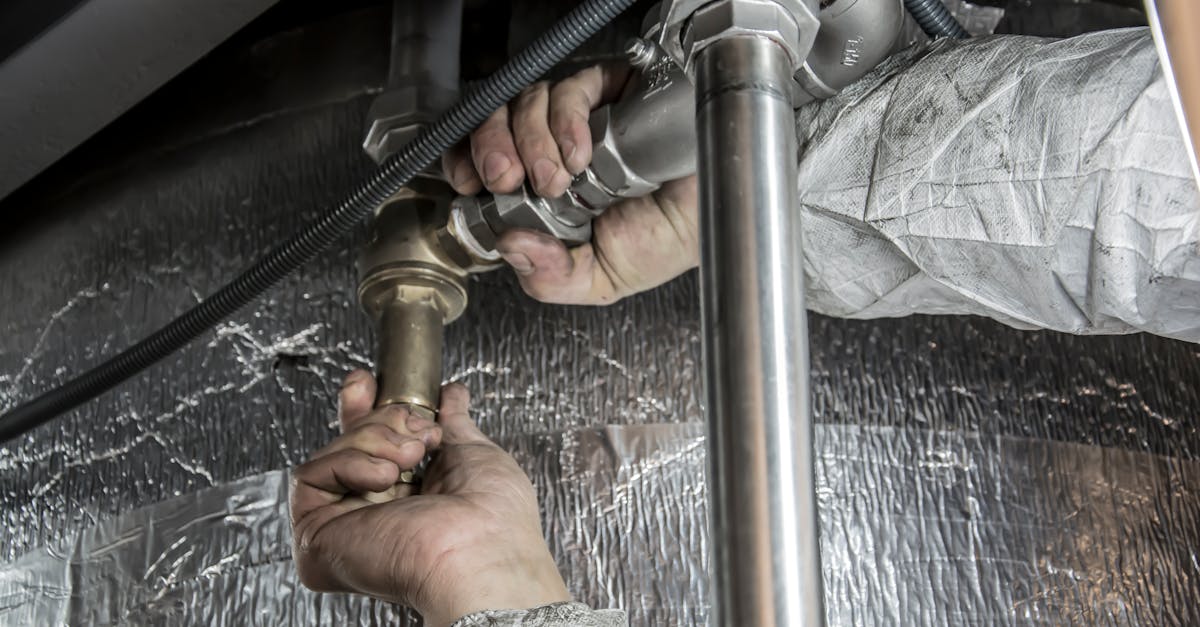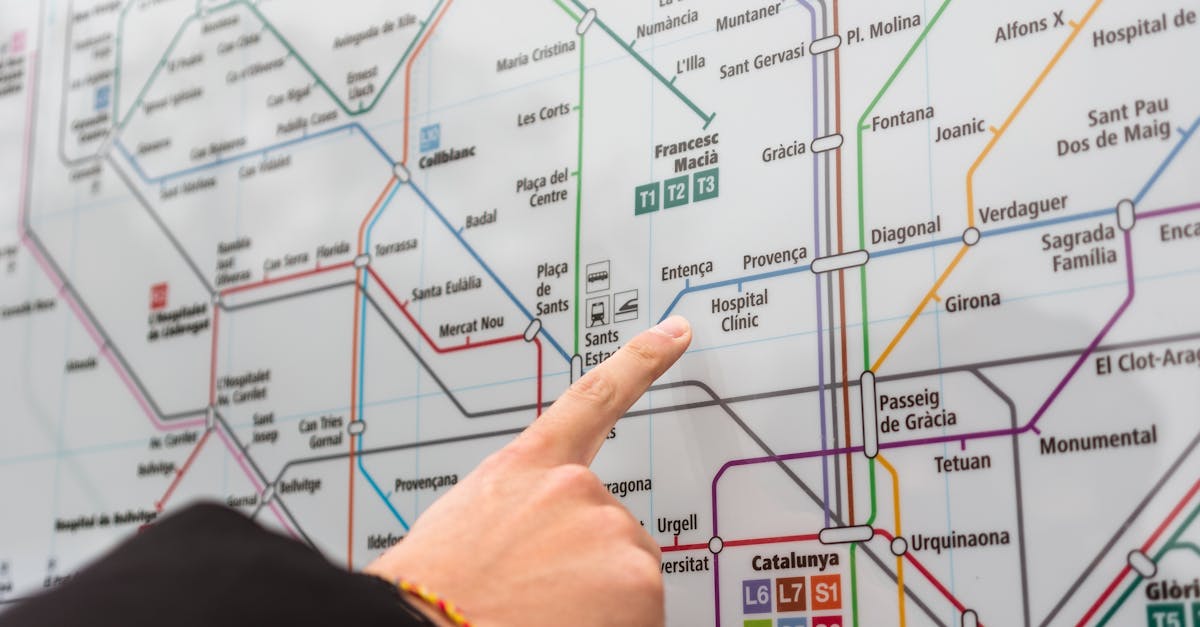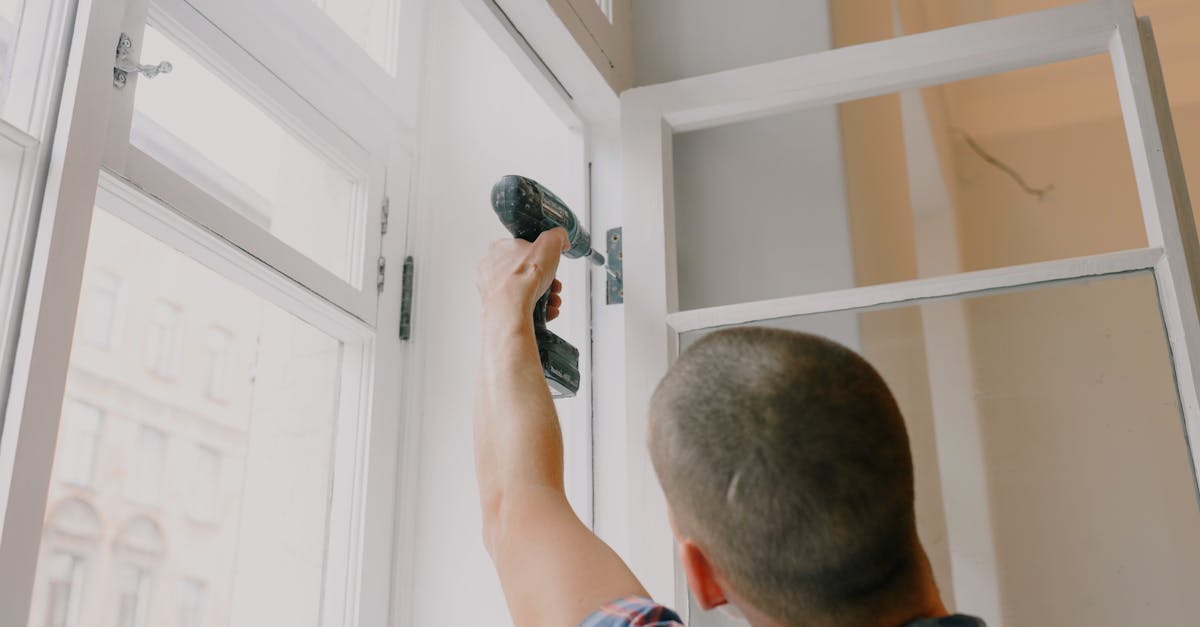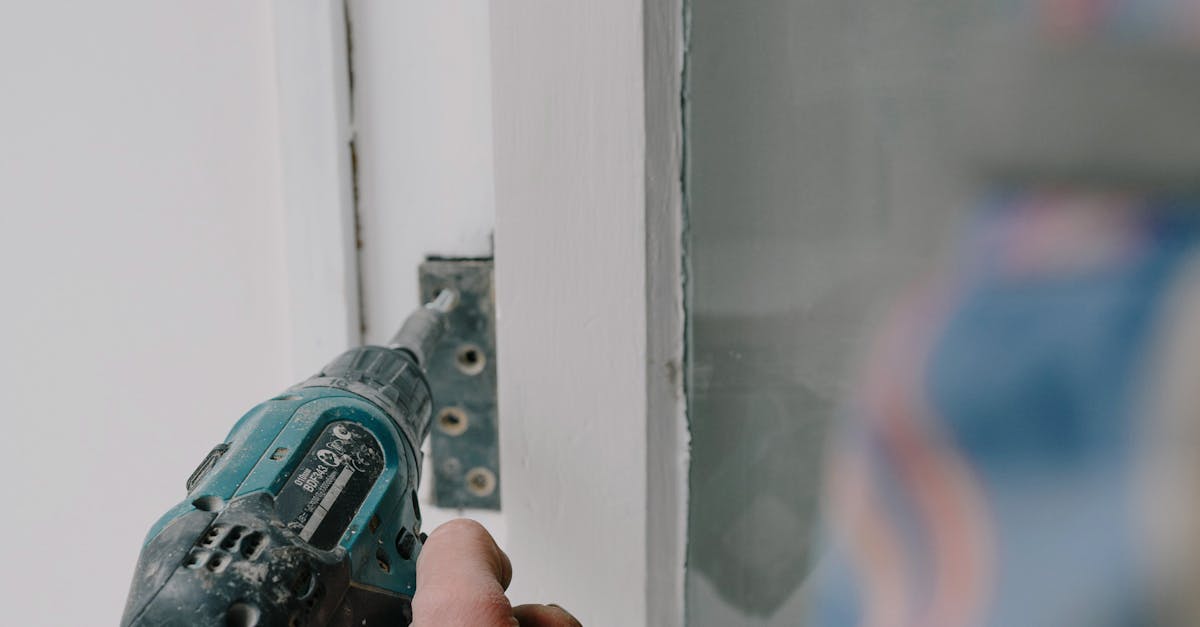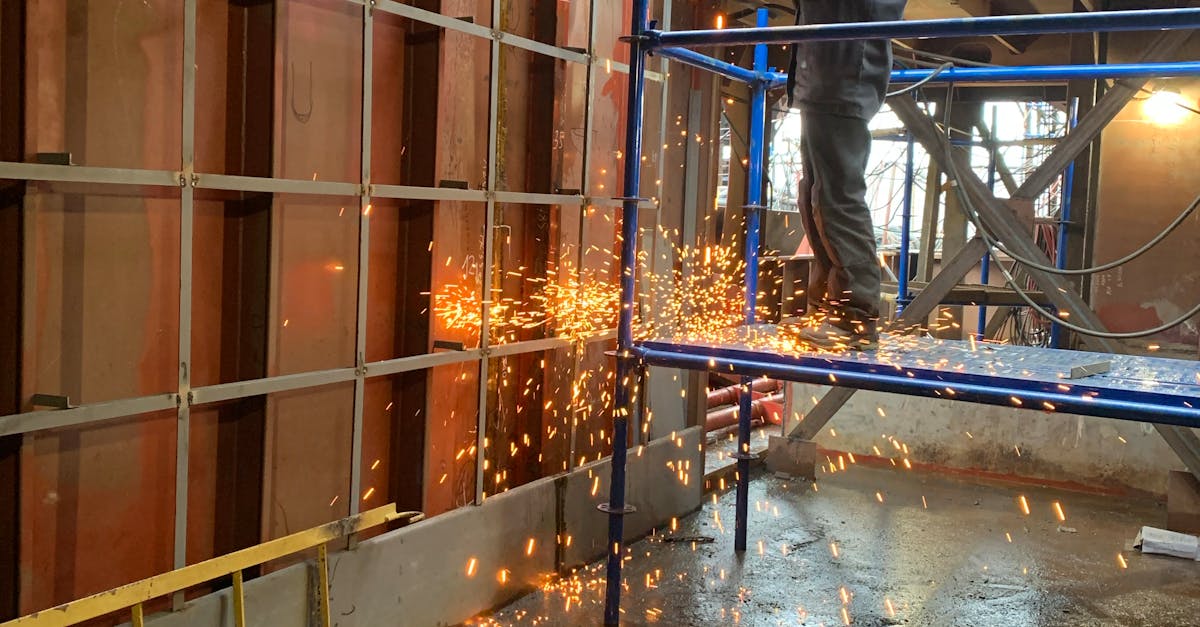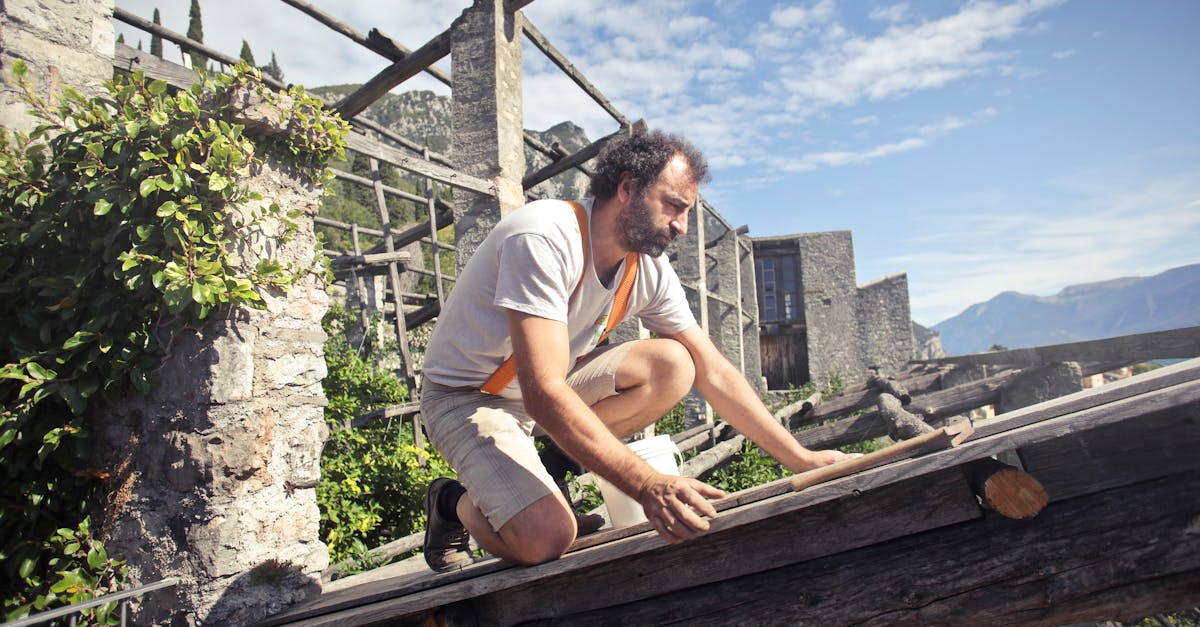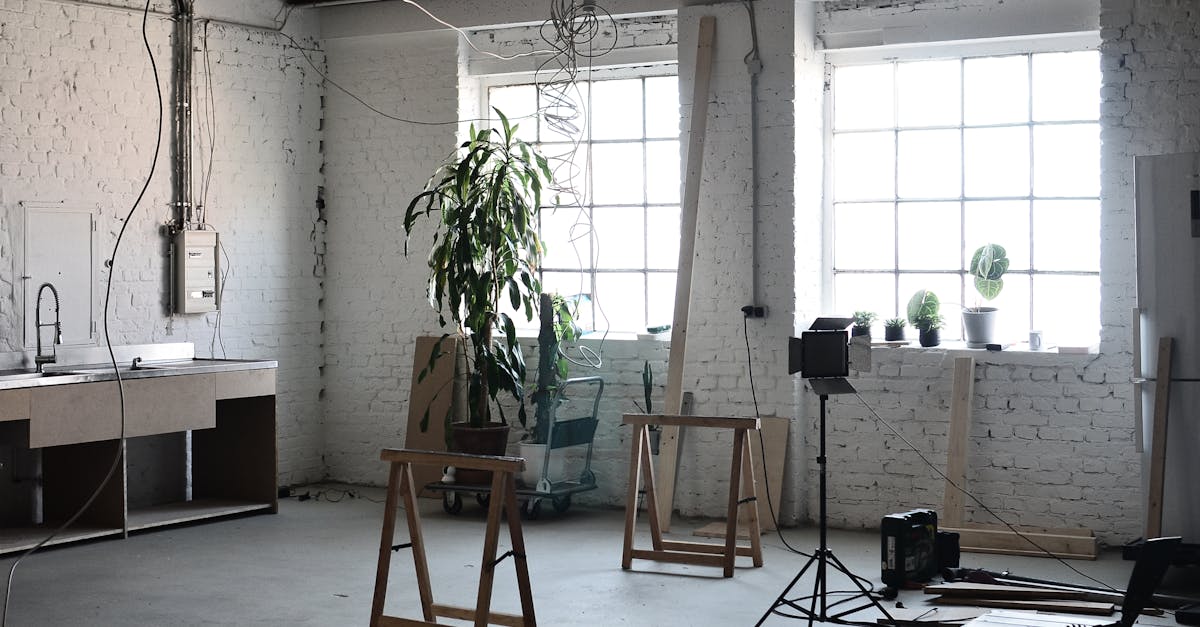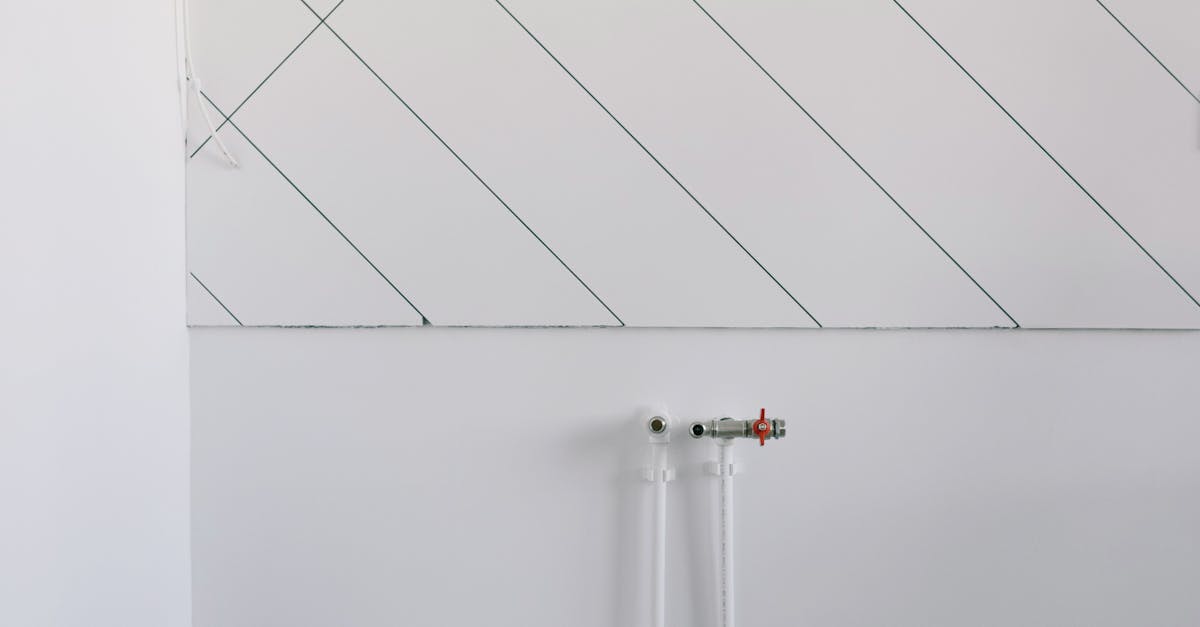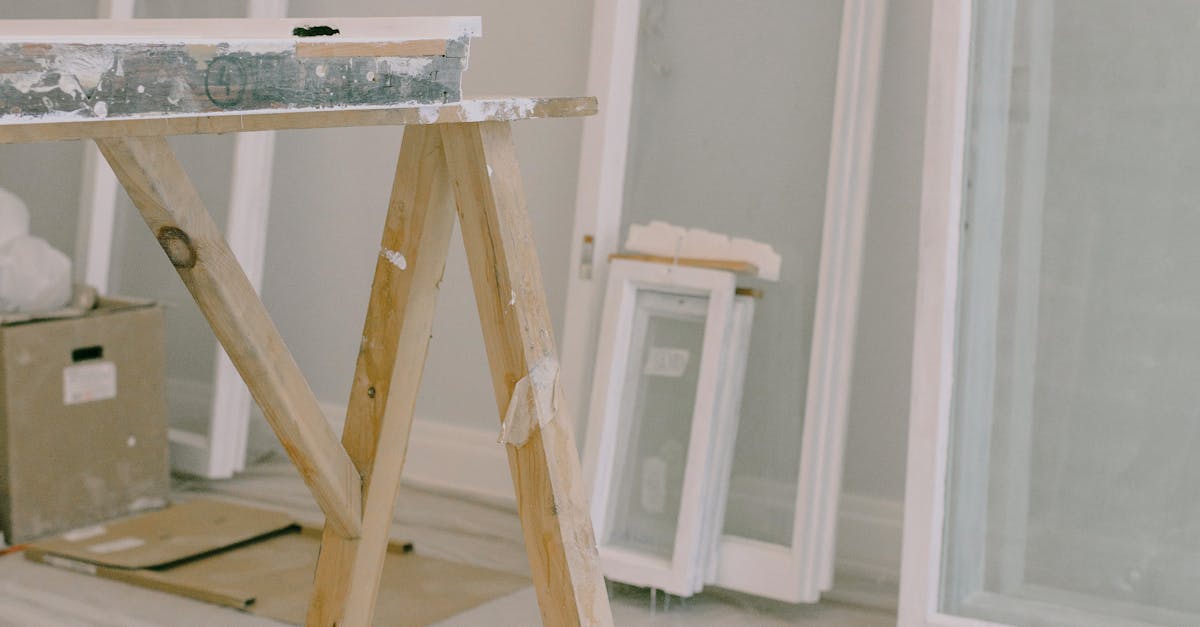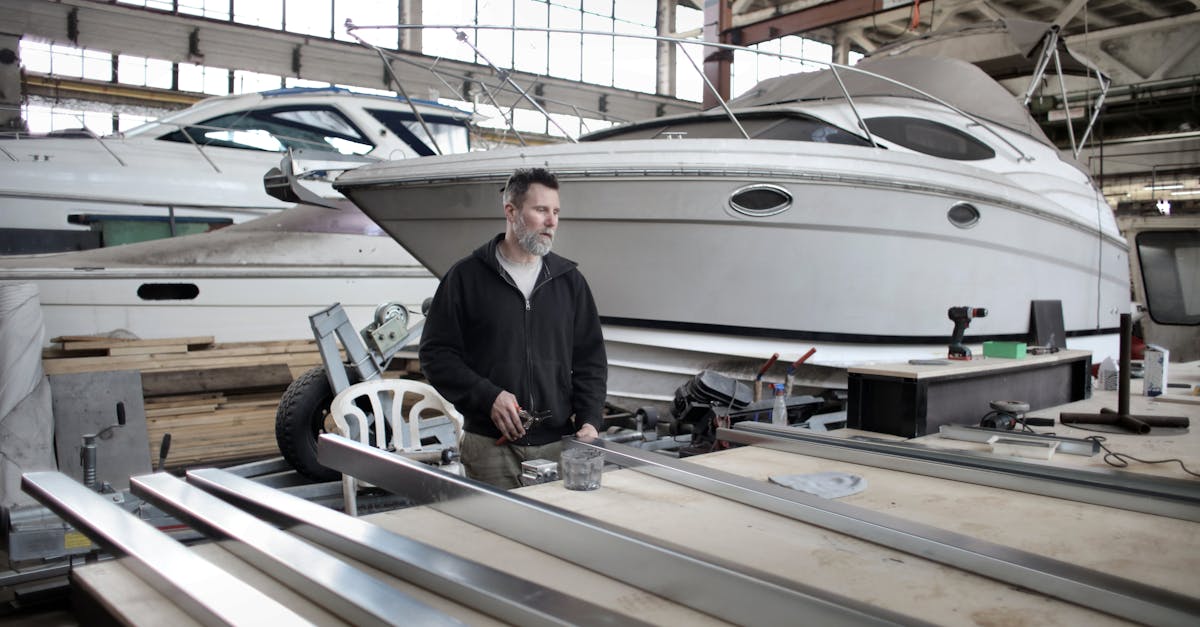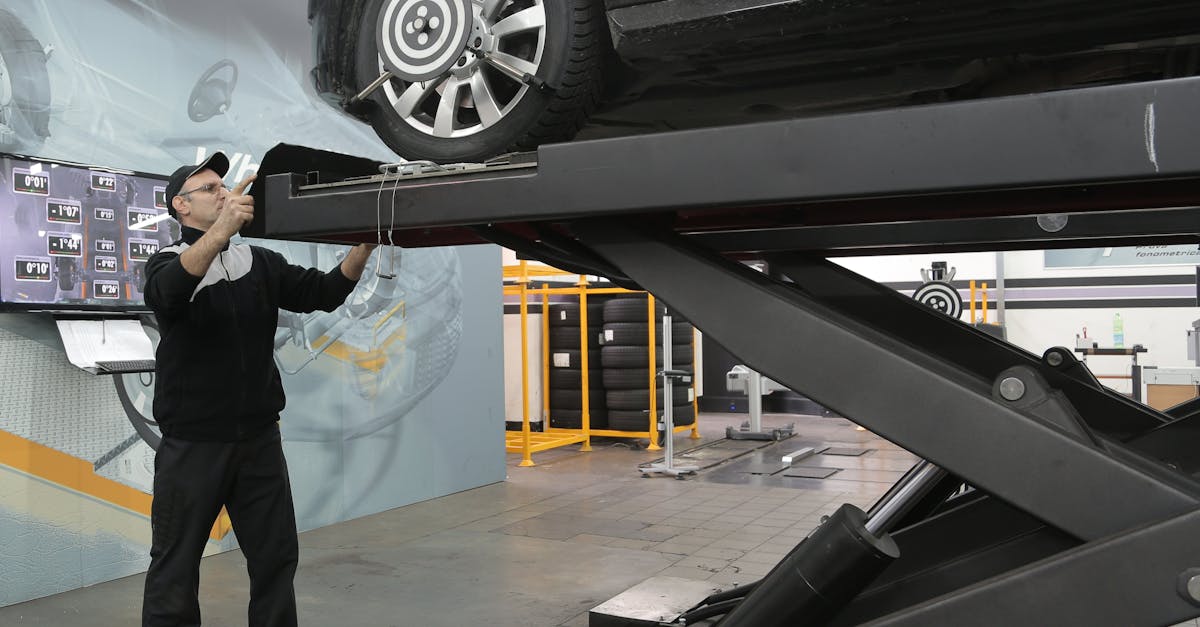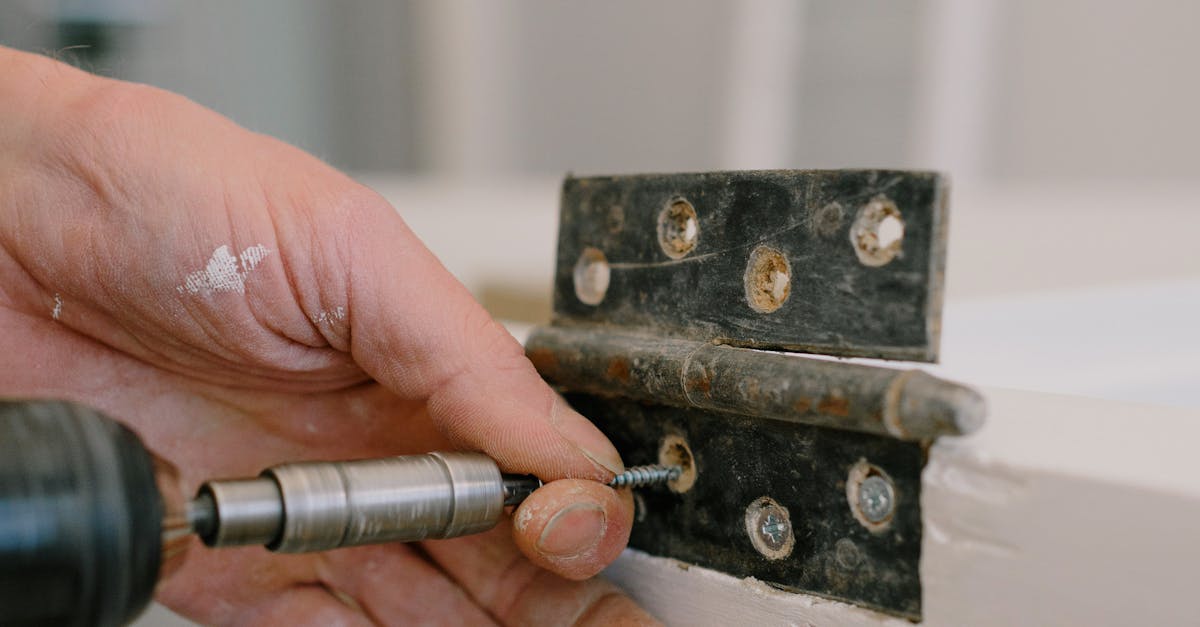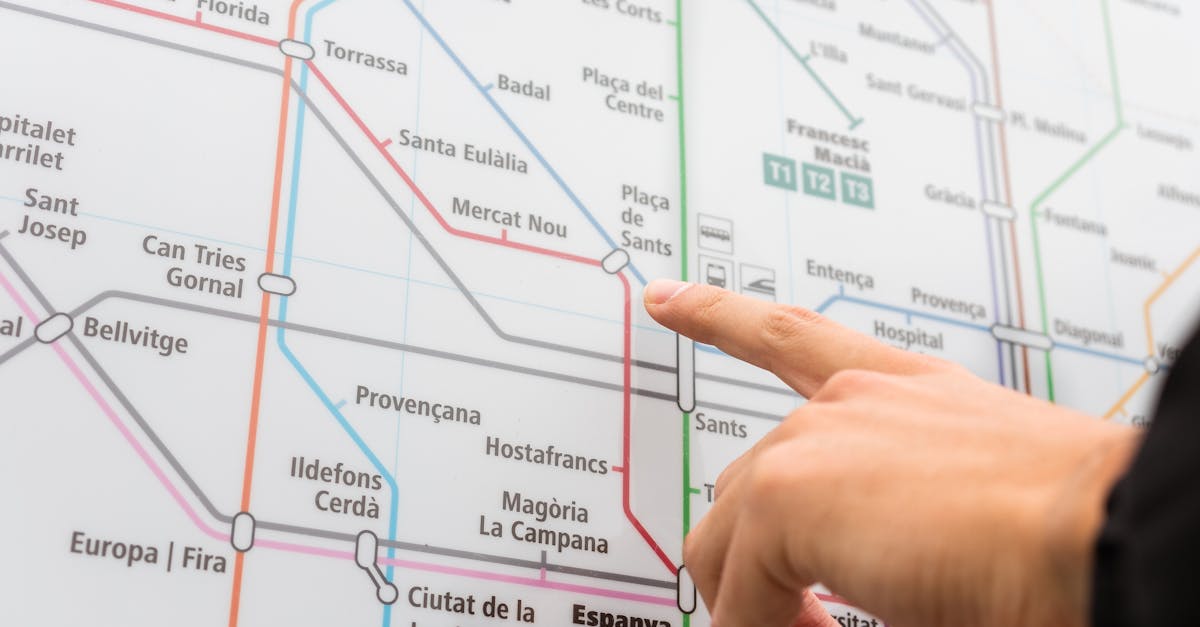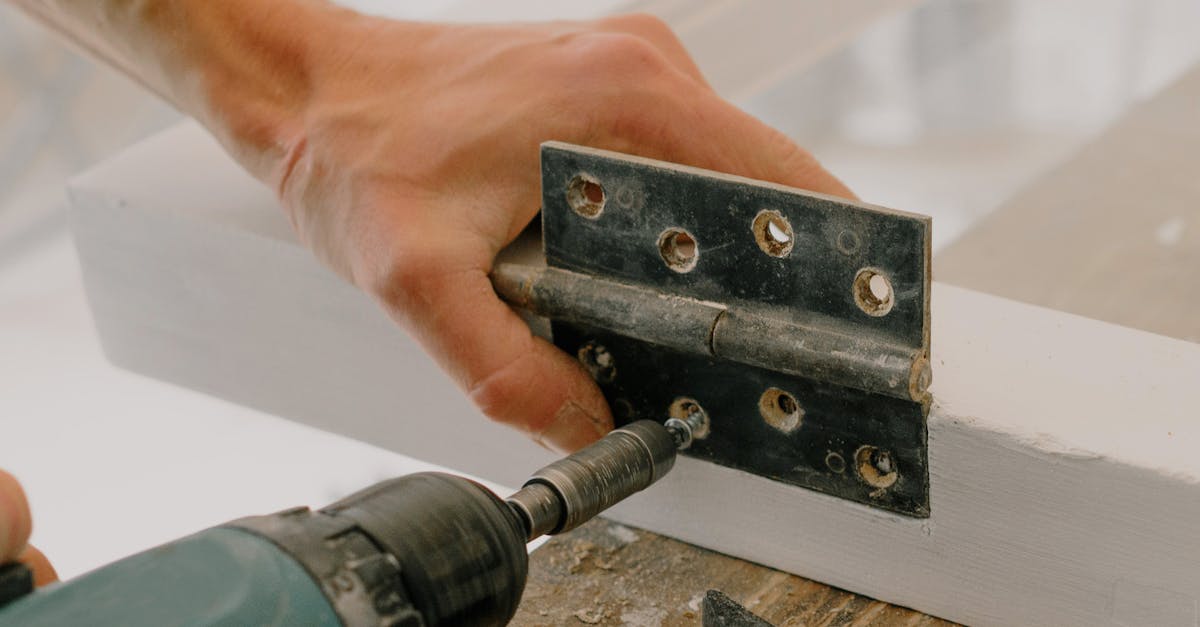
Table Of Contents
Training and Certification for Installers
Training and certification are critical components for installers working in the gas industry. Proper education equips professionals with the essential skills and knowledge required for safe and effective gas line installation and repair. Many states and territories have specific training courses that are recognised and ensure that installers understand the intricacies of gas systems. Acquiring formal certification acts as a mark of credibility, assuring customers and regulatory bodies that installers can conduct their work safely and competently.
The importance of ongoing education cannot be overstated, as technology and regulations are constantly evolving. Installers must stay abreast of the latest techniques, tools, and safety protocols relevant to gas line installation and repair. Regular training sessions and workshops are beneficial in updating installers on the newest practices, thereby promoting safety and efficiency on the job site. Additionally, gaining experience through apprenticeships or mentorships enhances practical skills and fosters a deeper understanding of compliance with national standards.
Importance of Proper Qualification
Proper qualification is essential for anyone involved in gas line installation and repair. It ensures that the installer has the necessary knowledge and skills to carry out the work safely and effectively, adhering to established standards. The National Gas Code outlines specific training and certification requirements, which are designed to equip installers with the tools to manage the complexities of gas systems. A qualified professional can identify potential hazards and implement safety measures, significantly reducing the risk of accidents.
Moreover, being properly qualified helps installers stay updated with the latest regulations and technological advancements in the field. This knowledge enables them to perform gas line installation and repair in a manner that prioritises safety and efficiency. Without the appropriate qualifications, installers may overlook critical details that could lead to serious ramifications, including leaks or malfunctions. Comprehensive training fosters a culture of accountability, ultimately benefiting both the installer and the end-user.
Environmental Considerations in Gas Usage
The environmental impact of natural gas usage has become a significant focus in recent years. While gas is often touted as a cleaner alternative to coal and oil, its extraction, transportation, and combustion can still lead to greenhouse gas emissions. Installers play a critical role in minimising these effects by ensuring that gas line installation and repair is conducted with best practices in mind. This includes properly sealing connections to prevent leaks, using efficient technologies, and adhering to regulations designed to protect the environment.
Incorporating sustainability into gas practices is essential for reducing the overall carbon footprint. Selecting materials that are environmentally friendly and ensuring systems operate at peak efficiency can significantly lessen impacts on local ecosystems. Employing strategies for gas line installation and repair that prioritise environmental responsibility not only benefits the planet but also fosters community trust in natural gas as a viable energy source. Emphasising these considerations aligns with broader efforts to promote sustainability within the industry.
Minimising Impact on the Environment
Minimising the impact on the environment during gas line installation and repair requires a multifaceted approach. Installers should assess the location and existing ecosystems before commencing any work. Implementing best practices, such as choosing sustainable materials and utilising effective waste management strategies, plays a crucial role in reducing environmental footprints. Awareness of local wildlife habitats and following guidelines to protect these areas is essential in ensuring responsible practices.
Effective monitoring and maintenance of gas lines also contribute to minimising environmental risks. Regular inspections can detect leaks or potential issues that may lead to harmful emissions. By prioritising timely repairs, installers can help prevent gas escape and its associated negative effects on air quality. Adopting advanced technologies and methods in gas line installation and repair further enhances efforts to protect the environment and promote safety in the industry.
The Role of Inspections and Audits
Inspections and audits play a crucial role in maintaining the integrity and safety of gas line installation and repair. Regular checks ensure that all installations comply with established safety standards, reducing the risk of hazardous incidents. These inspections involve assessing the physical condition of the gas lines, the quality of materials used, and adherence to relevant codes. Thorough scrutiny during these processes is vital for identifying potential weaknesses before they become serious issues.
Auditors have the responsibility to evaluate the practices followed during gas line installation and repair. They not only verify compliance with regulations but also provide recommendations for improvement, fostering a culture of safety within the industry. These audits often include reviewing documentation such as installation records and maintenance logs. Ultimately, this systematic oversight helps in reinforcing safety and reliability in gas services, benefiting both installers and consumers.
Ensuring Compliance and Safety Standards
Regular inspections and audits play a crucial role in ensuring compliance with the National Gas Code. These evaluations assess the integrity of gas line installation and repair, helping identify any deficiencies that may pose safety risks. Compliance with regulatory standards not only protects the installer and homeowners but also safeguards the environment. Adhering to these standards fosters public confidence in gas systems and promotes responsible usage.
The process of ensuring safety standards involves thorough documentation and adherence to best practices throughout each phase of gas line installation and repair. Installers must remain vigilant in maintaining detailed records of installations, modifications, and any reported issues. This documentation serves as both a reference for future maintenance and a tool for regulatory bodies to assess compliance. Promoting a culture of safety and diligence contributes to the overall reliability of gas services in the community.
FAQS
What qualifications are required for gas installers in Australia?
Gas installers in Australia must complete a nationally accredited training program and obtain the necessary licenses specific to their state or territory. This often includes both theoretical knowledge and practical skills in gas installation and safety.
Why is it important for gas installers to be properly qualified?
Proper qualification ensures that gas installers understand safety protocols, regulatory requirements, and best practices for installation. This helps prevent accidents, ensures compliance with the National Gas Code, and promotes overall public safety.
How can gas usage impact the environment?
Gas usage can contribute to greenhouse gas emissions and air pollutants. Issues such as leaks during transportation and usage can also have detrimental effects on the environment. It's crucial for installers to be aware of these impacts and employ practices that minimise them.
What steps can installers take to minimise the environmental impact of gas installations?
Installers can minimise environmental impact by using energy-efficient appliances, ensuring proper ventilation, conducting regular maintenance to prevent leaks, and promoting awareness about the safe disposal of gas equipment.
Why are inspections and audits important in the gas installation process?
Inspections and audits are crucial for ensuring compliance with the National Gas Code and safety standards. They help identify potential hazards, verify that installations meet regulatory requirements, and ensure ongoing safety for both installers and consumers.
